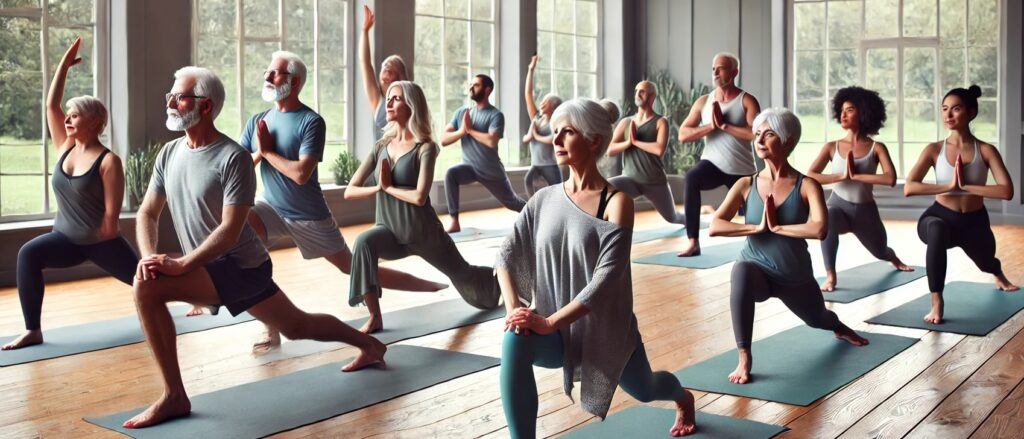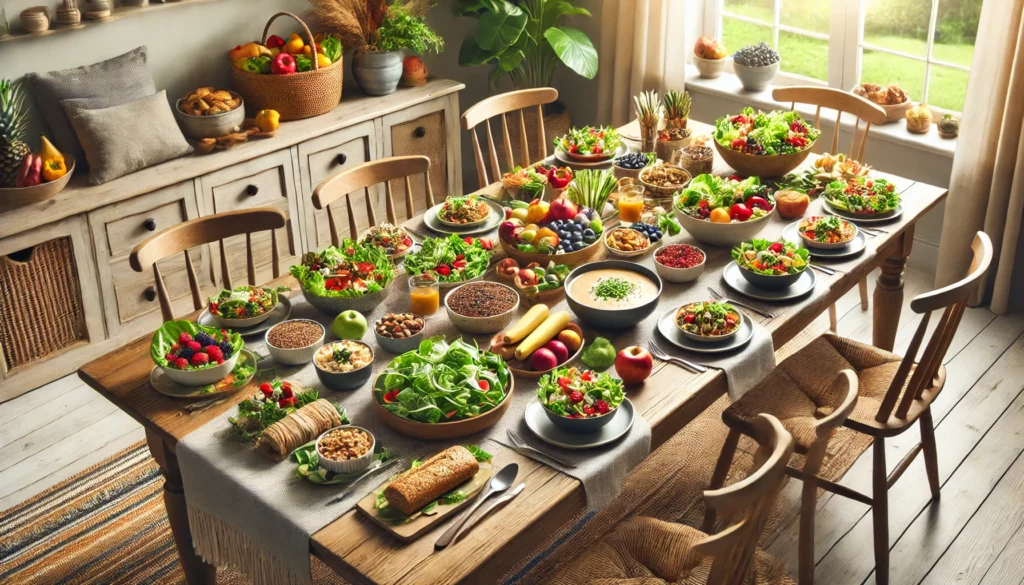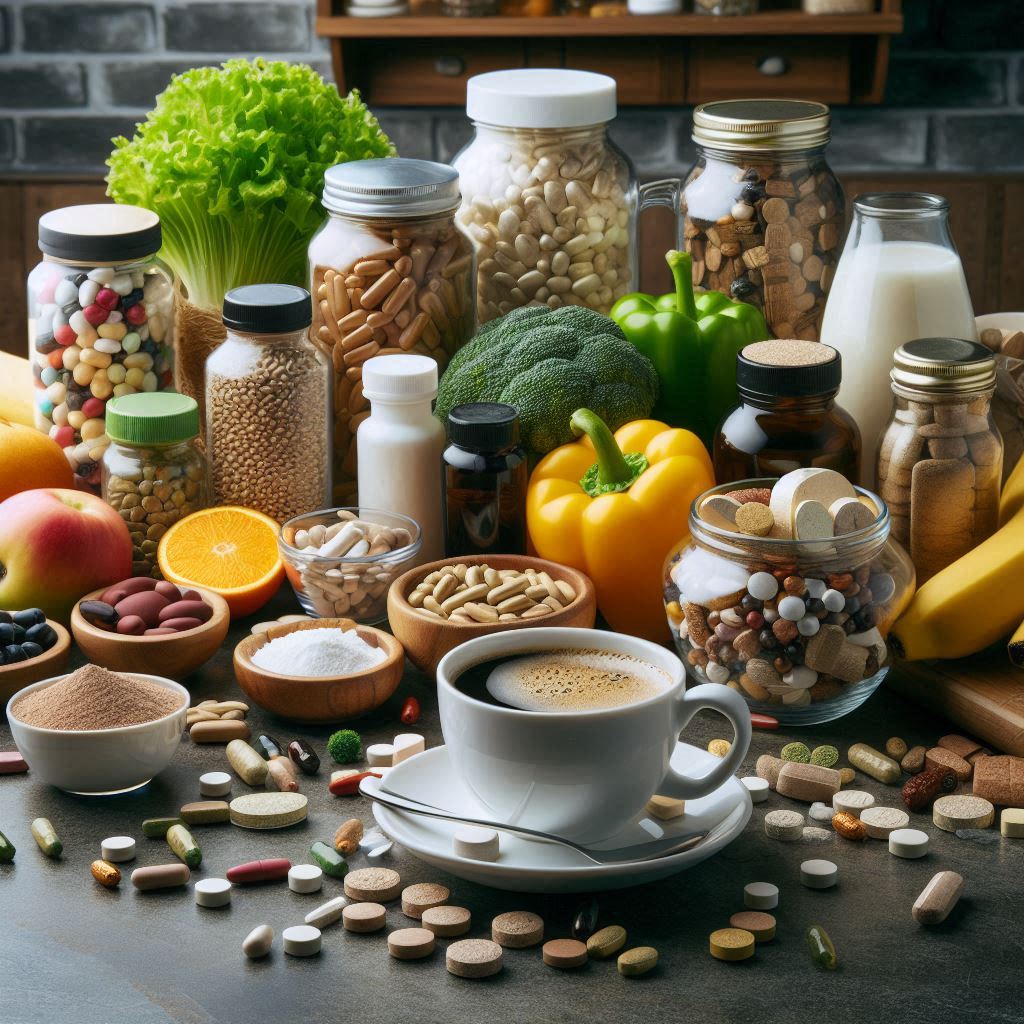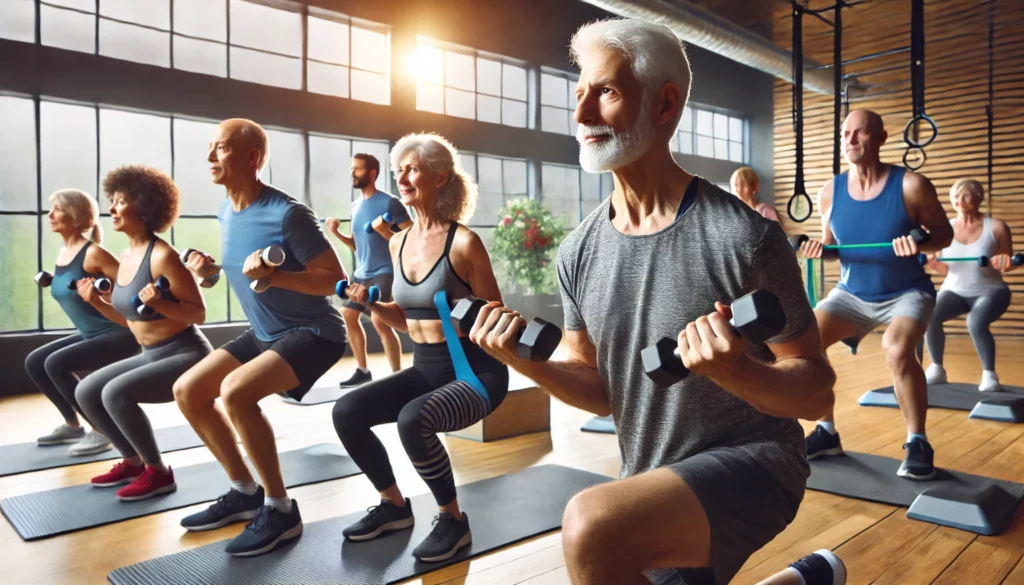Flexibility is kind of a big deal, especially after hitting that magical age of 50. It’s one of those unsung heroes of health that people often overlook. As we age, keeping our bodies limber can literally change the game for us, opening up new ways to stay active and healthy.
Flexibility isn’t just about touching your toes or doing impressive yoga poses. It ramps up your entire mobility game. With better movement, you can dive into more varied physical activities that are key to shedding those unwanted pounds.
This piece will walk you through the surprising benefits of improving your flexibility and how it ties into weight loss and your general well-being. But wait, there’s more! You’ll get the lowdown on simple and effective ways to integrate flexibility into your daily routine without it feeling like a chore.
The Pivotal Role of Flexibility for Those Over 50

Hitting the big five-oh brings on all sorts of changes, not least in how our bodies move and feel. Think of it as a natural evolution – things like muscle stiffness, a tighter range of motion, and those longer recovery times become part of the deal. But enhancing flexibility can turn things around significantly.
Flexibility is your secret weapon against injuries. When your muscles and joints get all bendy, they’re less likely to twist and snap when you’re out there conquering that hike or playing with the grandkids. It keeps you in the game, letting you keep doing those exercises you love without any collateral damage.
And there’s more to the story. Staying flexible also means better posture and balance. Picture yourself standing taller and moving with ease, reducing unnecessary strain on those tired muscles. That’s especially crucial as we aim to keep our lives as active as possible, sip on the joys, and naturally weave in some physical workouts.
So, as you see, flexibility isn’t just for the yogis. It’s about keeping you moving and grooving in your golden years, hobbleness-free. With a few tweaks here and there in your daily routine, a more limber you can lead to a more lively life!
Flexibility: A Secret Ally in Your Weight Loss Journey
Turns out, flexibility is more than a feel-good stretch. It’s a formidable ally in your weight loss arsenal. When your muscles and joints are flexible, every workout—be it cardio or strength—is more effective. You push further, lift stronger, and move quicker than you’d imagine.
Now, let’s talk recovery. Flexible muscles recover faster and let you exercise consistently without the dreaded post-workout soreness. Regular stretching sessions, especially after a workout, can do wonders for getting you back into those running shoes more quickly.
Then there’s the mind-body connection. Flexibility routines like yoga lower stress levels, reducing cortisol—the notorious stress hormone linked to weight gain. A less stressed mind lays the groundwork for a sturdier, healthier physique.
Plus, don’t underestimate the calorie-burning potential of flexibility workouts. Yoga or Pilates isn’t just about zen vibes; they’re dynamic, calorie-burning workouts. You build strength, improve endurance, and yes, burn fat—all while stretching and breathing deeply. Seamlessly weave these workouts into your routine and watch your health transform.

Incorporating Flexibility: Exercises and Daily Habits
Taking small steps toward big gains is totally the way to go. Flexibility doesn’t happen overnight, but adding a few exercises into your daily routine can smoothly steer you in the right direction. So let’s break it down to see how you can do that.
Begin with static stretching. Focus on stretches for the big muscle groups like hamstrings, hip flexors, and shoulders. These stretches are vital for enhancing overall flexibility and they require zero fancy equipment, just some commitment to spend a few minutes stretching.
Dynamic stretching is your go-to before a workout. Simple moves like arm circles or leg swings activate the muscles and get that blood pumping nicely. It’s the perfect prep before delving into more rigorous activities.
Yoga and Pilates are your best pals in flexibility training. They provide a comprehensive package of flexibility, strength, and stress relief. Consider adding a yoga class or Pilates session to your weekly routine and feel the transformations unfold.
Lastly, don’t forget mobility drills like the cat-cow stretch or some smooth spinal twists. They’re fantastic at boosting joint range of motion and can easily be done whenever you have a spare moment. You don’t need hours, just a few purposeful minutes can make a real difference.
Remember, it’s all about consistency. Establish daily habits like a short morning stretch, a little warm-up before workouts, and proper cool-downs to safeguard your body. Tools like foam rollers and resistance bands can enhance your stretching game, too.
Tracking progress is crucial for staying motivated. Notice how your flexibility improves, making exercises easier or increasing your range of motion. It’s these little wins that fuel your journey towards better health.









